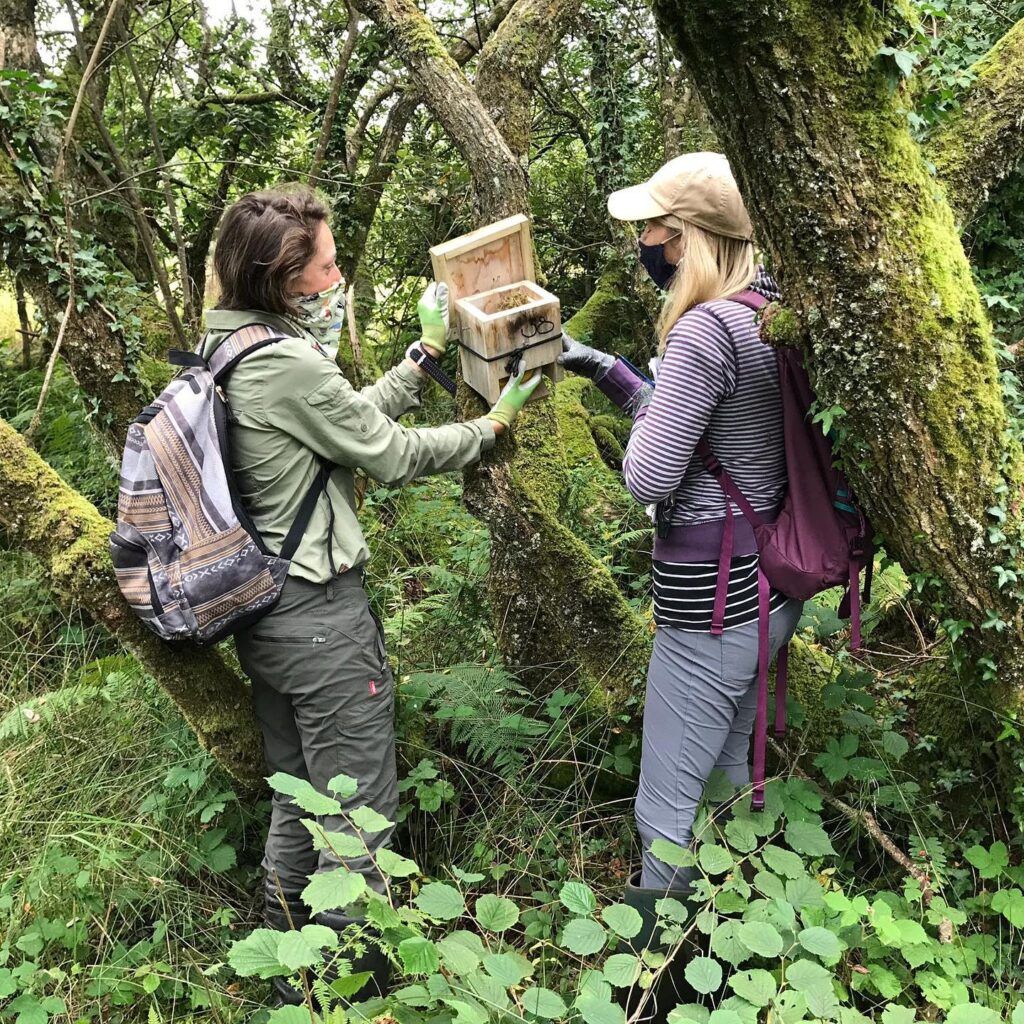Can we identify individual small mammals from their footprints?
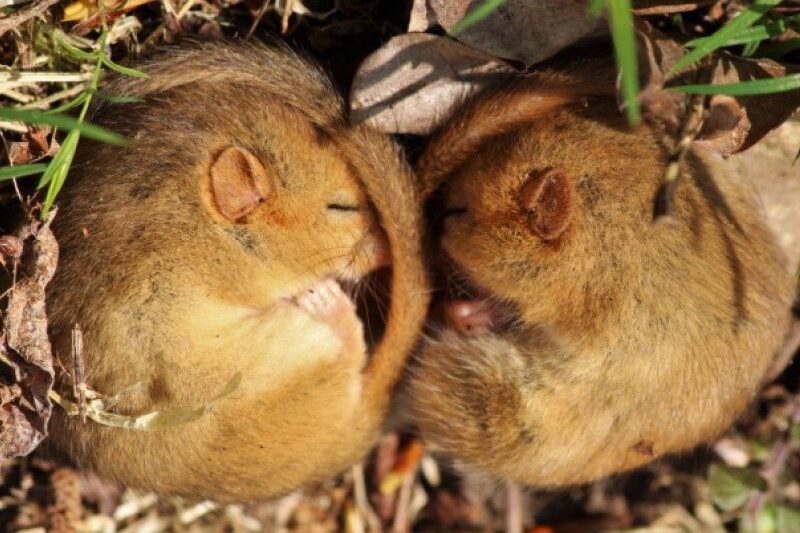
Footprint tracking
Footprints are a really valuable way to monitor animals and their activity. They can help us identify and map where different species are found across diverse landscapes. Using footprints is beneficial because it’s non-intrusive, as well as an effective method for surveying animals.
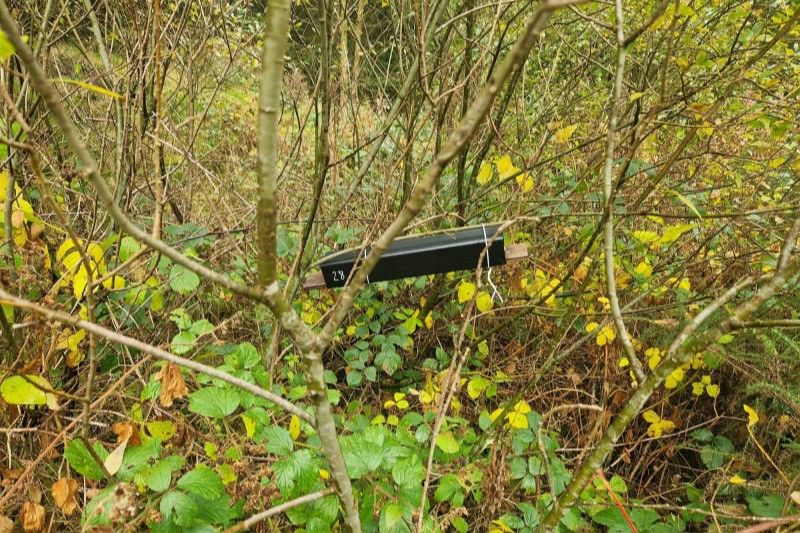
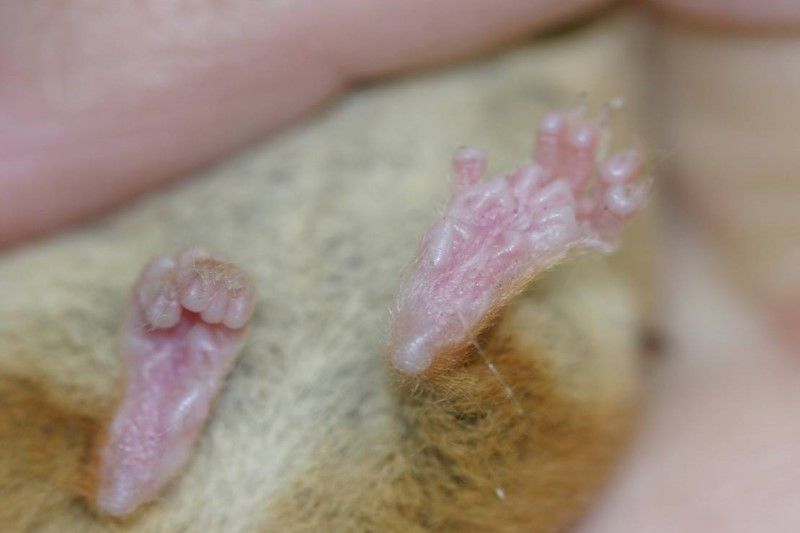
Recent advances in technology have revolutionised our ability to analyse large volumes of footprint images more accurately than ever. The WildTrack team, based in North Carolina in the United States, is harnessing these advances through their innovative Footprint Identification Technology (FIT). Using artificial intelligence, FIT can be used to identify large mammal species from their footprints in the wild. It’s even sophisticated enough to identify individual animals based solely on their footprints.
The software uses specific markers provided by researchers to calculate identification metrics. With impressive speed and precision, FIT surpasses the knowledge of specialised tracking experts, offering a powerful tool for species-level and individual-level identification. Notably, FIT has already been successfully used to identify individual cheetahs and rhinos. PTES is working with WildTrack to support intern Ellie Smart who is exploring whether FIT can be trained to identify small mammal species too.
The project
In the UK, footprint tunnels are commonly used to see if certain species are present in an area or not. Ellie will take the method a step further, following the example set by WildTrack for large mammals. Ellie will investigate if footprints can be used to identify individuals. She’ll focus on two protected and threatened species: hazel dormice and European hedgehogs. Footprint tracking tunnels are already used to see if hedgehogs and dormice are living in an area. If Ellie can distinguish individuals by their footprints, we’ll have a way of knowing how many animals are in an area, without intensive trapping and monitoring.
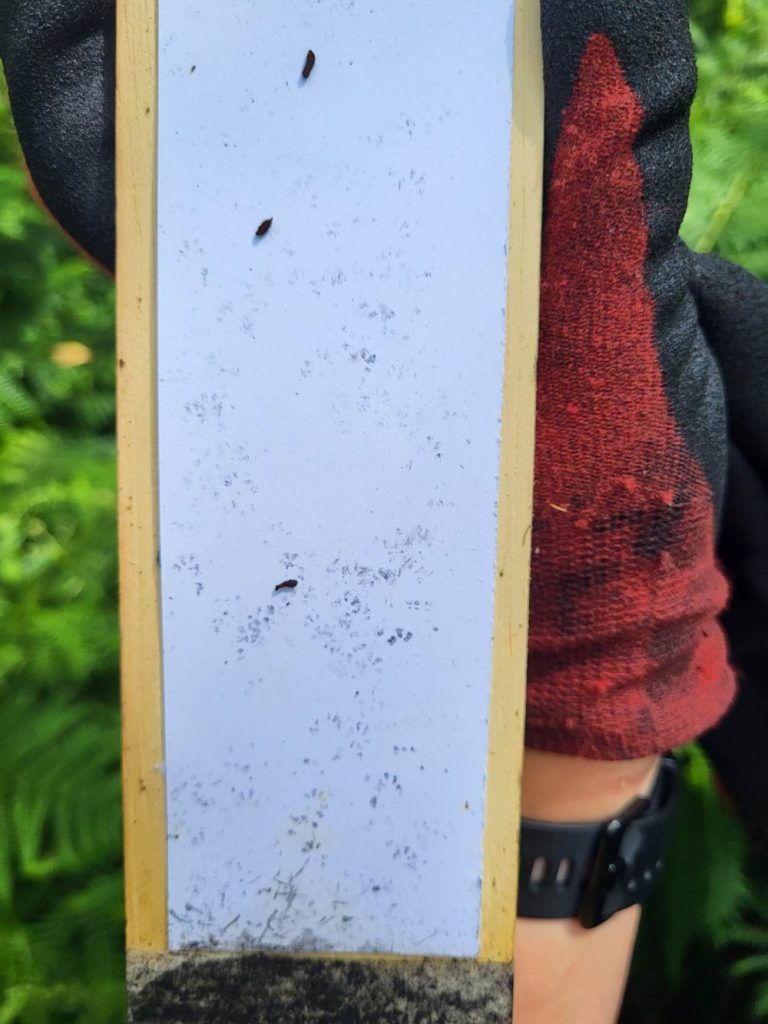
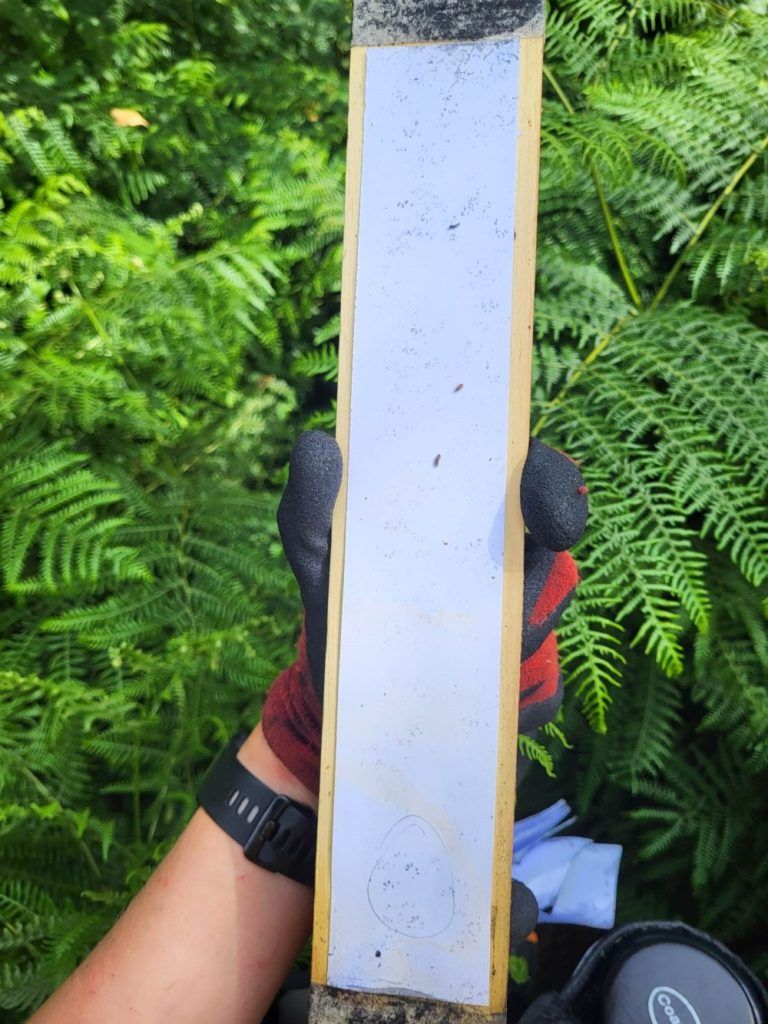
Ellie will collect footprints for this project from known captive individuals, such as those in rescue centres or zoos. Working with these animals, she can easily mark which prints come from females and males, and by which individual. Traditional footprint tunnels will be used, where a safe ‘ink’ made of charcoal and vegetable oil will be painted across the tunnel entrance and exit, with a strip of white paper taped in the middle. As individuals walk across the ink and onto the paper, they’ll leave distinct, clear prints. While we know we can identify hazel dormice and hedgehogs through visual analysis of footprints, Ellie will investigate whether individual identification is feasible by training the FIT software developed by the WildTrack team.
If successful, Ellie hopes that the software can be applied to future research and conservation projects involving unknown species and individuals. The data gathered may contribute to the development of an app that enables people to learn more about small mammals in their local area by simply scanning footprints.
This project is only possible thanks to our generous donors. Can you help by donating today?
Header image credit Matt Parkins

